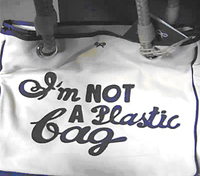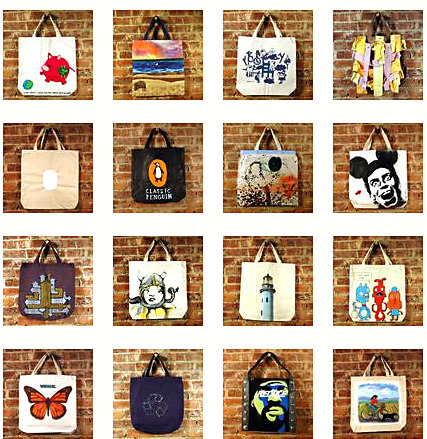How green are your promotional products?
When is a plastic bag eco-friendly? When it replaces a different type of plastic bag!
Green is the buzz word now in the promotional products industry, and some of the items labelled eco-friendly are somewhat perplexing. What actually is green is hotly debated! However this trend shouldn’t be ignored, it is a concern that is well and truly mainstream.
According to a world-wide study in 2007 by Tanberg, 52% of Australian consumers prefer to purchase from a company with a strong environmental reputation.
“The findings clearly suggest a relationship between a company's environmental reputation and its brand value” said Tandberg CEO, Fredrik Halvorsen. “In addition to the ethical reasons for ‘going green’, there is a tremendous incentive for companies across the globe to focus efforts on environmental responsibility to attract customers, recruit and retain strong talent, and positively affect their external brand perception.”

In 2007 luxury fashion designer Anya Hindmarch released her “I’m not a plastic bag” recycled canvas tote. It sold out in hours in the UK and USA. The exclusive bags became collectible, confirming eco was fashionable. They are still being resold by collectors on eBay today.

We live in a consumer based society and promotional products are used to keep a brand or company in a consumer’s mind.
It is easy to pick apart any eco-friendly campaign – it was highlighted by some that Anya Hindmarch’s bag was made in China. But given the results of the Tanberg study, it’s a step in the right direction that is likely to gain you fans. It creates a win-win situation – your company looks good and the consumer looks and feels good while using your promotional product.
When evaluating promotional products for your company consider options that have one or more of the elements that can help contribute positively to the environment. For example if you are looking for mouse mats consider recycled ones. Or present an executive gift in recycled or bamboo packaging. Currently eco-friendly options are more expensive. They are still produced in smaller numbers and hidden costs which were previously passed on to the environment are borne by the user. So this needs to be factored into the cost of the campaign. To offset this the item should be better received and more likely to be used. Tell your recipients why you have chosen the item, point out the environmental benefits. They may not be obvious to everyone.
When putting together a promotional products campaign, quality, price and creativity have been the main concerns for companies. Now ‘green’ should be added to that list.
Tanberg Study
http://www.vcinsight.com/default.asp?artID=5070
Open Space
http://openspace.bscientific.org/
Top
